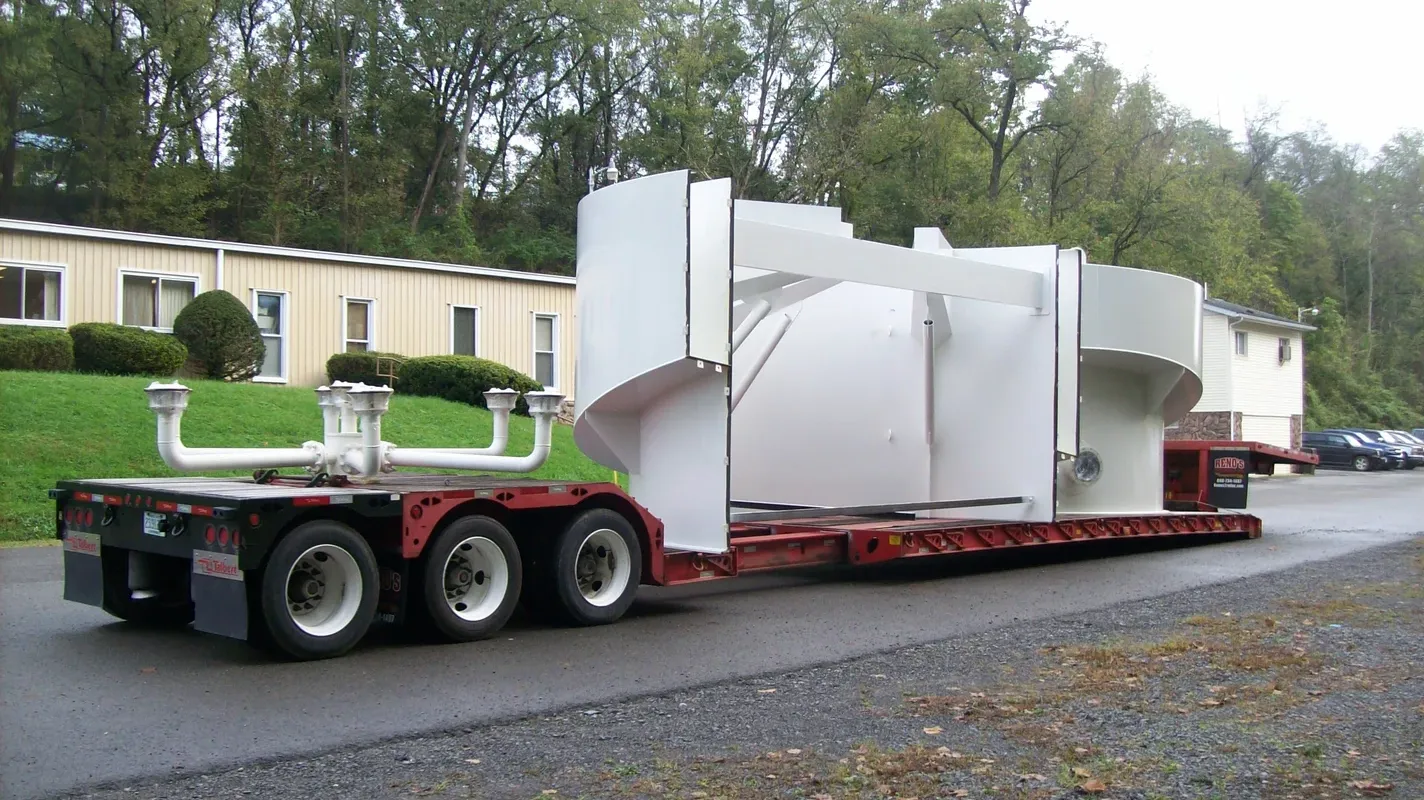Flotation is a science that brings together many complicated variables. Factors include knowledge of mineral structure, chemicals, temperature, technical skills of the operator and dependability of the flotation cell.
Read on to learn more about flotation cells, its uses and the different types of flotation cells.
What are Flotation Cells?
Flotation cells are used to separate minerals in a liquid solid suspension of desired and undesired materials. The desired solids are separated by making them hydrophobic, so they will attach to air bubbles that are created with either air injection or agitation along with a reagent. These solids flow over into a launder for capturing. The sinking solids are removed from the cell bottom for disposal.
This series of cells use agitation to create air bubbles and are rectangular in shape. Flotation is considered to be the most widely used method for beneficiation. The hydrophobic particles attach to the air bubbles, which rise to the surface, forming a froth. The froth is removed from the cell, producing a concentrate of the target mineral. The minerals that do not float into the froth are referred to as the flotation tailings or flotation tails. Sulfide and non-sulfide minerals as well as native metals are recovered by froth flotation.
The process of froth flotation entails crushing and grinding the ore to a fine size. The fine grinding separates the individual mineral particles from the waste rock and other mineral particles. The grinding is normally done in water with a result of slurry called the pulp. This method was first used in the mining industry, where it was one of the great enabling technologies of the 20th century.
The other type of flotation cells is a column cell. Column cells are tall round tanks that use compressed air to create air bubbles via spargers or cavitation tubes. These cells are used to perform mineral separations. Column cells do not use mechanical agitation (impellers). Mixing is achieved by the turbulence provided by the rising bubbles. Columns are mostly used to produce final grade concentrates because they are capable of high selectivity. Other features which distinguish them from mechanical cells are their shape, bubble generation system and the use of wash water. At Industrial Resources Inc., the column cell is the type of specific cell design we fabricate.
How Long Does it Take to Erect a Column Flotation Cell?
Column cells can take one to two weeks to erect; however, other components within the cell could require more time. Other materials required for this process include a compressor, pipe, valving and instrumentation.
Benefits of Using a Column Cell
Using a flotation cell helps capture all the fine materials that would otherwise be mixed in with the rejected material. This would increase the saleable material and decrease the reject material that has to be disposed of.
Column Flotation Cells at Industrial Resources, Inc
Since the 2000s, the Industrial Resource’s team has fabricated 75 column cells throughout the country, largely for coal processing plants.
Our team is AISC certified, meaning we conform to the standards of steel building structures. Records are kept for materials and weld inspections per design requirements for the items that are fabricated at Industrial Resources Inc. The blasting and painting facility can accommodate items up to 16’-0” wide & 10’-0” tall, handling all trucking arrangements needed for shipping to the job location.
Recent column flotation cell projects
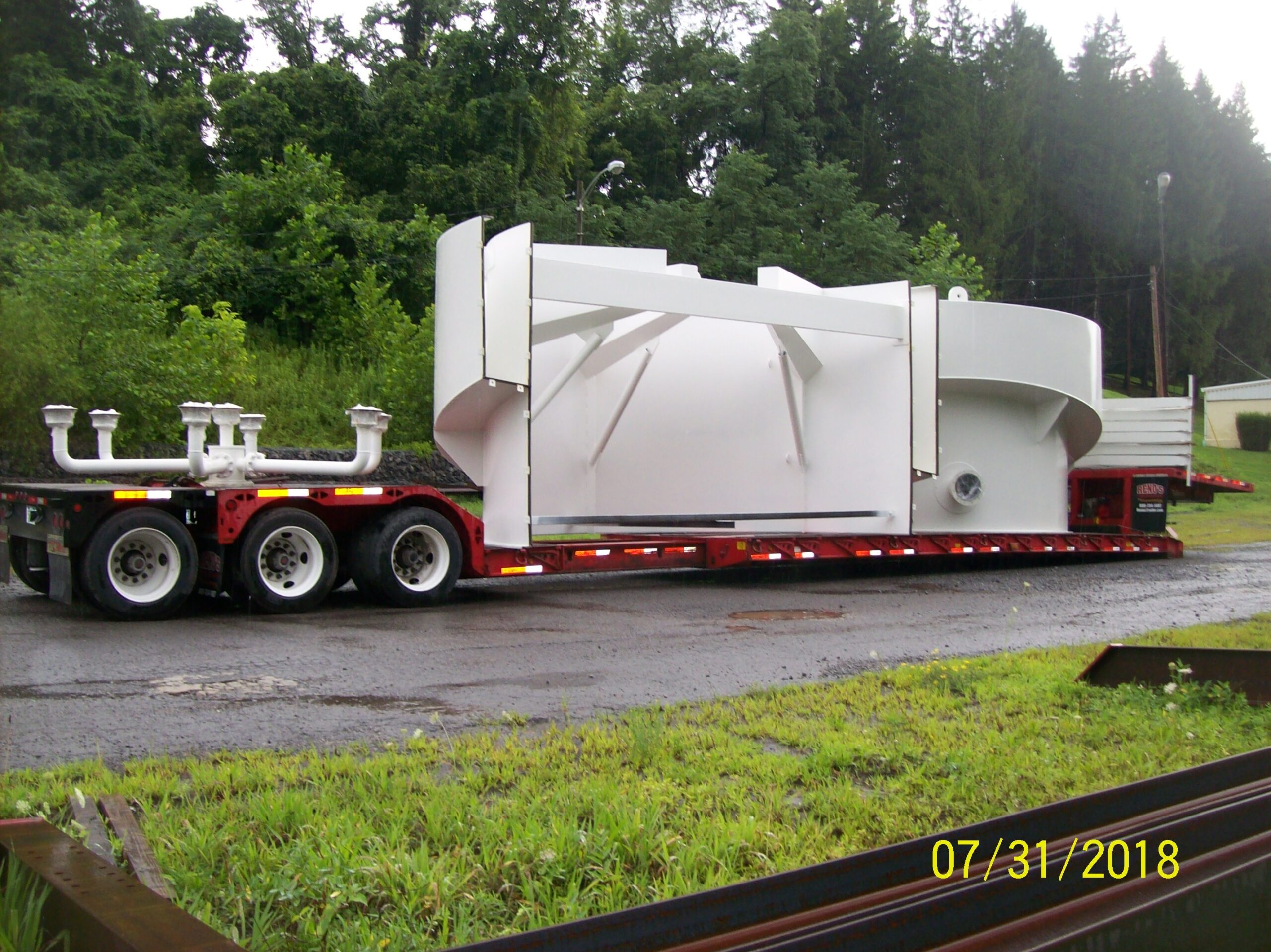
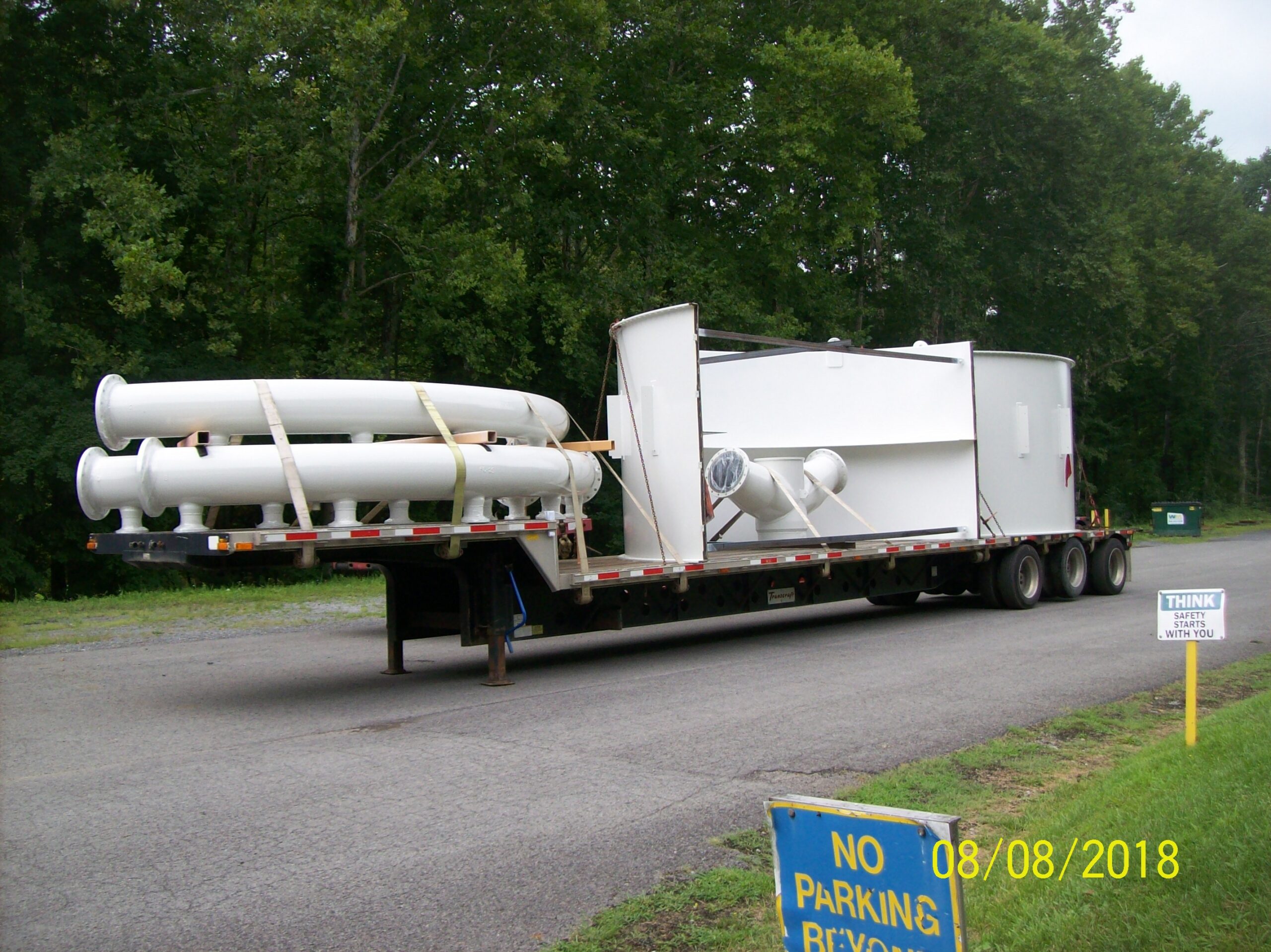

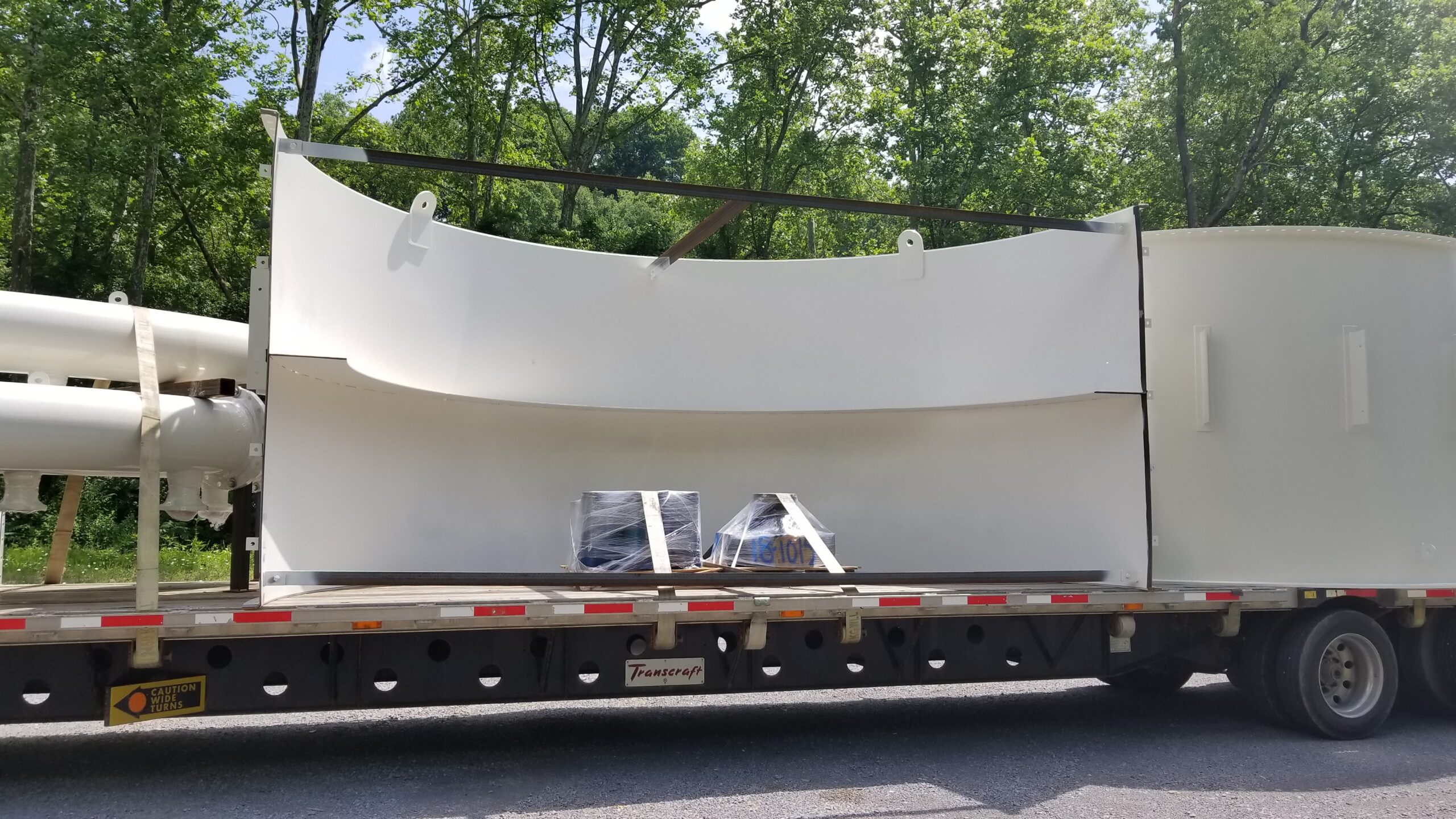
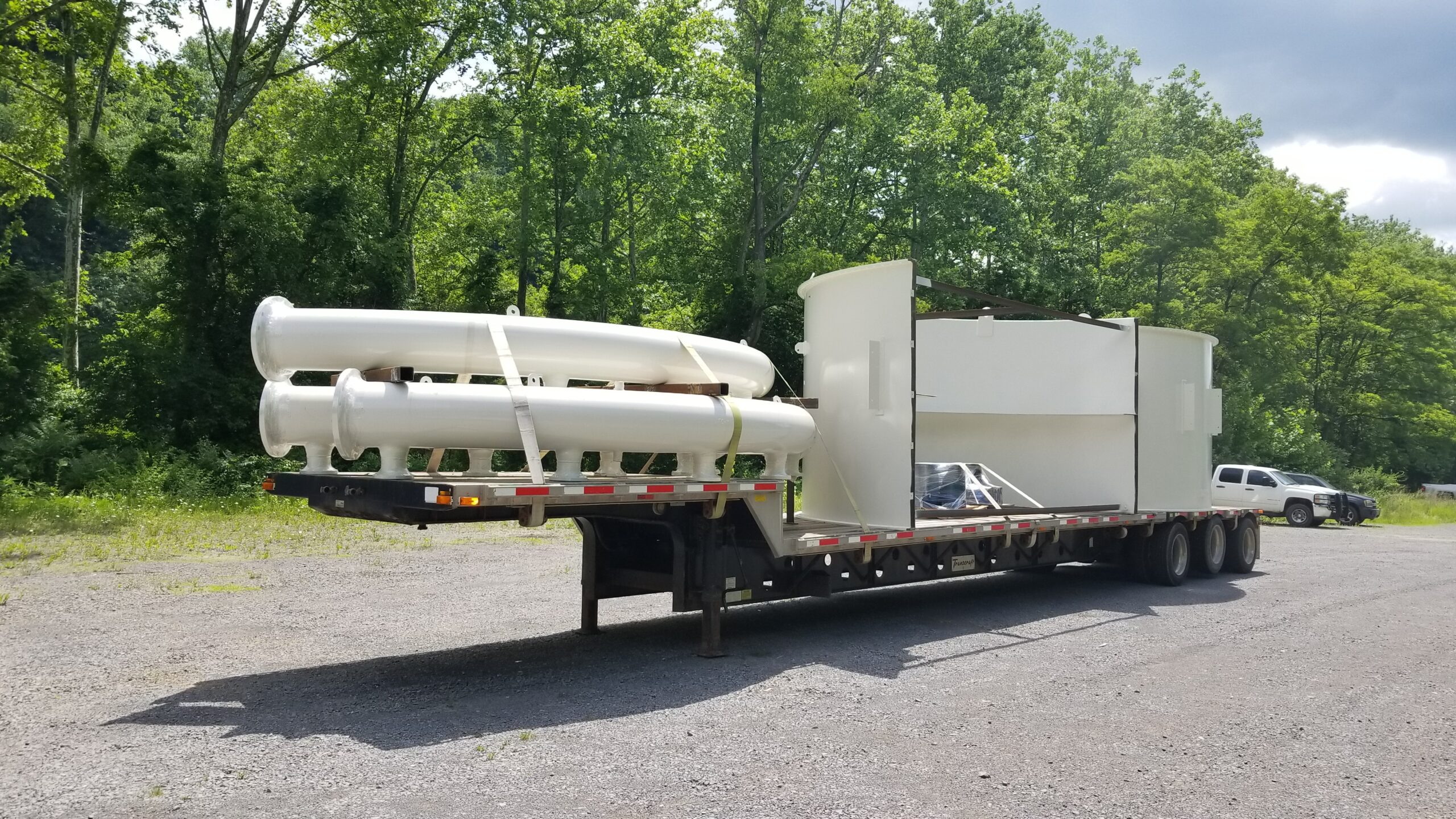
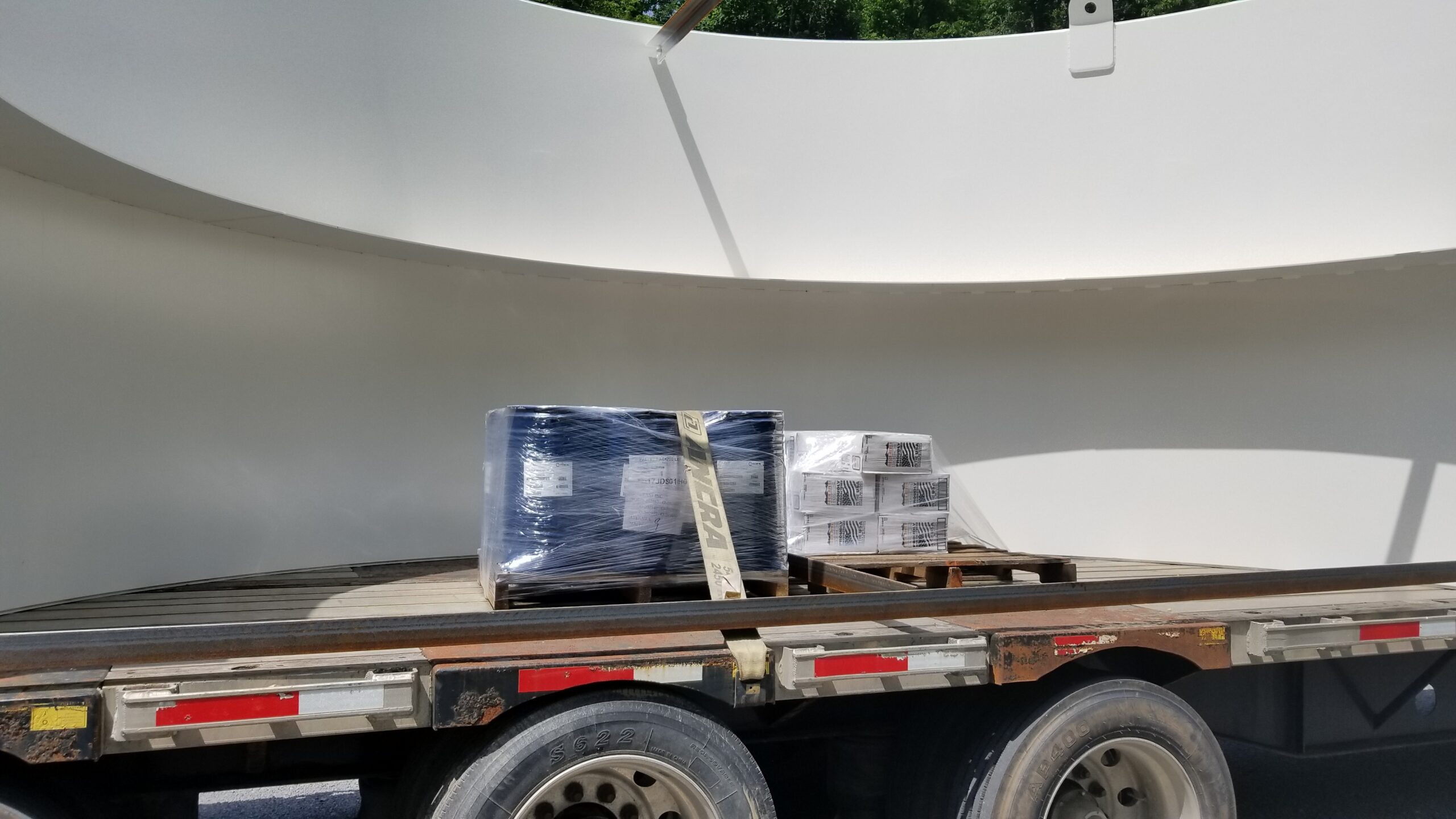
In 2018, Industrial Resources Inc. fabricated eight, 18’-0” diameter column cells by 26’-6” tall complete with launders, each cell had a vertical field weld seam and two horizontal flanged connections, with six sections per each cell. These cells contain 18” diameter rolled slurry pipes around the outside of the cells for cavitation tubes.
To learn more about steel fabrication, click here!
Need a column flotation cell erected? Give us a call!

